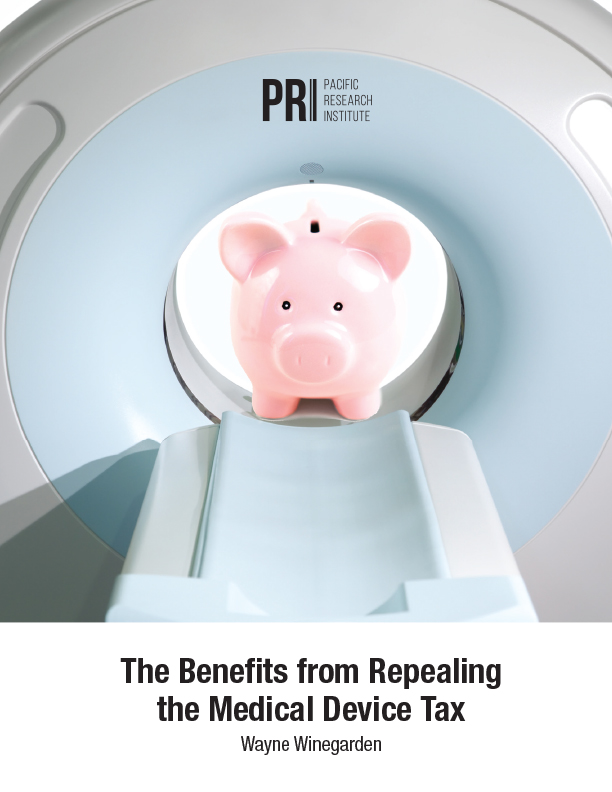
The Benefits from Repealing the Medical Device Tax
The medical device tax is one of several taxes created by the Affordable Care Act (ACA, aka Obamacare), which was signed into law on March 23, 2010. It is a 2.3 percent tax on a broad range of medical devices and products including pacemakers, advanced imaging technology (CT scan, MRI and ultrasound equipment), artificial joints, surgical gloves, and dental instruments. Eyeglasses, contact lenses, hearing aids, wheelchairs, or other devices that the public generally buys for individual use were explicitly exempted from the tax. Further, the tax is applied to both imported and domestically produced devices, and devices produced in the U.S. for export are tax-exempt. Manufacturers, producers, or importers of the medical device are responsible for directly paying the 2.3 percent tax.
Like all of the ACA tax increases, proponents claimed that the medical device tax was necessary in order to cover the increased health care expenditures associated with the ACA. However, the medical device tax was never an economically sound policy.
In recognition of the medical device tax’s many flaws, Congress has twice implemented a moratorium that suspended the tax. While the moratorium is a welcome reprieve from the tax’s pernicious effects, it is only temporary. Ideally, Congress should repeal this tax to eliminate the uncertainty surrounding its possible re-imposition.
Before outlining the medical tax’s flaws, it is useful to understand its legislative history, which is summarized in Figure 1. Figure 1 presents a timeline of the medical device tax’s key legislative and regulatory milestones.

